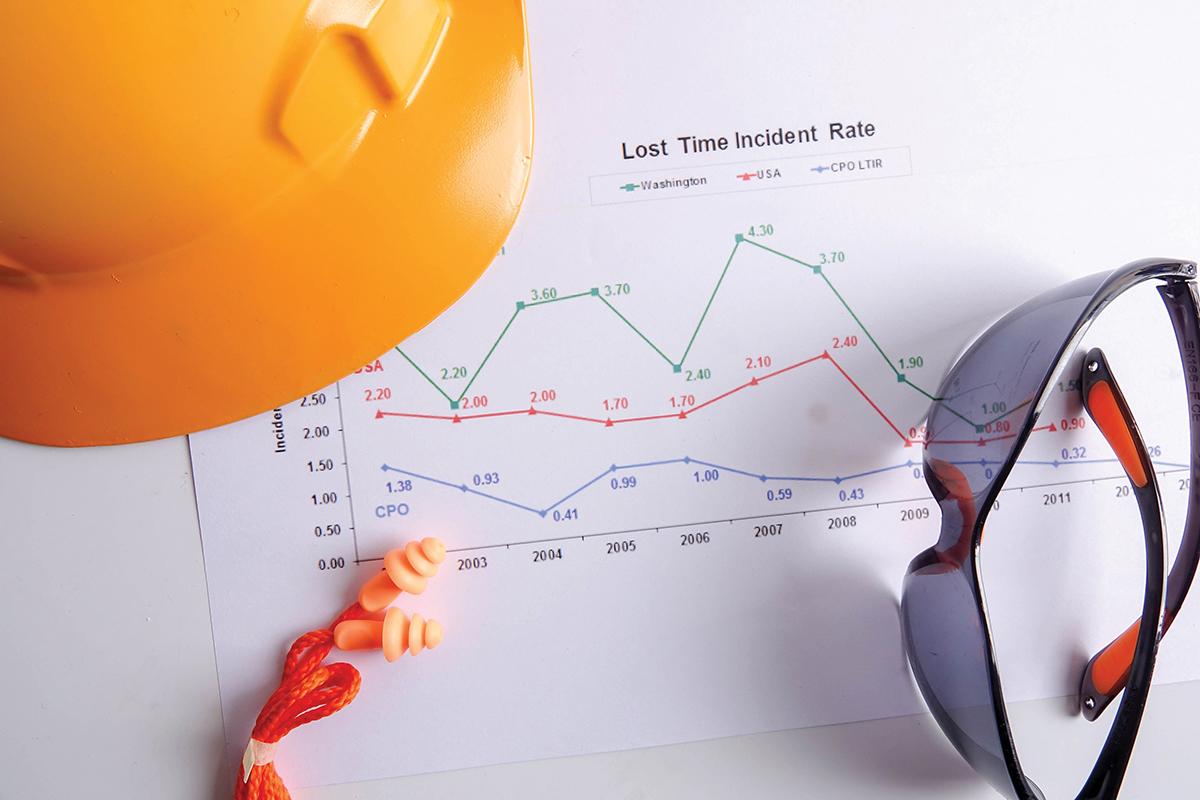The month of May is National Electrical Safety Month, an initiative sponsored by Electrical Safety Foundation International. While I tend not to wait until May every year to promote electrical safety (electrical safety is something that should be on all of our minds every day), I am not going to pass up an opportunity to dive into some important topics that tie into this initiative. This year’s theme is “Connected to Safety,” and the focus is on safety as it relates to our connected systems such as solar photovoltaic systems, electric vehicles, generators, and smart home technology.
With the ever-increasing demand on our electrical infrastructure and the growing obstacles for the utilities that supply our electrical needs, alternative systems to supply our homes and businesses are becoming commonplace these days. Of course, in places where energy costs have been high for some time, such as California, alternative energy systems have been popular for a while.
In a world that is constantly changing, our approach to electrical safety is to adapt and get out ahead of the issues. In fact, think of how much NFPA 70, National Electrical Code® (NEC) has had to adapt since those first initial meetings that took place in March just 125 years ago. Back then, electricity itself was the new kid on the block in our homes and businesses; putting a couple of circuits in a home to supply a few lighting outlets with very limited cord and plug connected loads presented a very real danger to the occupants and their property back then. Now, we discuss things like using an electric vehicle as an energy storage system and what role cybersecurity will play when it comes to our electrical equipment.
The term “electrical safety” has also evolved over the last 125 years. As I mentioned above, the first meetings that led to what we now have all come to know as the NEC had installation practices in mind when they thought “safety.” After the NEC was joined by related documents in the 1970s, electrical safety also began to get us thinking about the way we interact with electricity and equipment in the workplace and how we maintain our equipment to keep it in proper operating condition. This was the beginning of what we know today as the “electrical safety cycle” or “electrical safety ecosystem.” A sort of symbiotic relationship between proper installation, maintenance, and safe work practices that work together to keep employees and property safe.
Take, for instance, solar photovoltaic (PV) systems. First, we need the installation to be made in accordance with the NEC. Members of NEC Code Making Panel 4 have debated and discussed this topic during recent revision cycles in an effort to update the requirements based on what is changing in the PV industry. If we are still installing PV systems based on the 2008 requirements, we’re basing our installation on requirements from older technology. When we have a system that is expanding and evolving as rapidly as PV systems, it is important that we are following the latest and greatest information.
When it comes to safety, we also want to make sure we are including items like rapid shutdown initiation to protect first responders like firefighters who need to have all power removed before opening up ceilings and walls to put out a fire. Or arc and ground-fault detection equipment to ensure that the PV system isn’t the cause of the fire that needs to be put out. There are also requirements that align with other advancements in the NEC that have taken place in other articles. For instance, Article 250, Grounding and Bonding, has new requirements for addressing how to approach equipment connected on the line side of the service, such as PV disconnects. Requirements like these help clear up age-old debates over how to handle this type of equipment.
One of the themes that you will hear come up time and time again in the discussion around NFPA 70E®, Standard for Electrical Safety in the Workplace®, is that many of the safe work practices rely on equipment having been properly installed and maintained. Here is where we start to run into issues. Safe work practices that are put into NFPA 70E are not based on what the NEC used to say; they are based on what it says now. So, this symbiotic relationship between these two major electrical safety documents is somewhat strained when we are trying to follow the 2021 edition of NFPA 70E, but installation is not following the 2020 or 2017 edition of the NEC. Notice I said this relationship is strained, not broken or gone. This is because the equipment was still properly installed per the edition of the NEC that was in effect at the time of installation; however, now the worker has to do further analysis to see if the equipment is within the parameters that NFPA 70E deems as properly installed. Energy storage systems (ESS) are a prime example of this. Article 706 in the 2020 NEC requires energy storage systems to be marked with certain information. Some of this information is needed to perform the risk assessment required by NFPA 70E. The 2008 NEC didn’t have an Article 706 for energy storage systems. So, while the ESS might be properly installed in accordance with the installation code in effect, the worker will need to dig deeper to gather the information that the 2021 edition of NFPA 70E thought would be there.
Maintenance tends to be the wild card here. The NEC is an installation code, and there are those who will claim that maintenance requirements have no place in the NEC, but hopefully, we are all educating our customers on what 110.3(B) says and just how important maintenance is after the installation. In fact, NFPA 70B, Recommended Practice for the Maintenance of Electrical Equipment, is in the middle of a revision process where one of the items on the docket is the idea of shifting from a recommended practice to a full-blown standard so that we can have a place to mandate maintenance of electrical equipment. Until then, we will have to rely on the requirement in the NEC that lists equipment be installed and used in accordance with any instructions included with that listing. These instructions often include a recommendation from the manufacturer about performing regular maintenance to ensure the proper operation of that equipment for years to come, especially when it needs to operate for personnel safety, as is the case with many overcurrent protection and GFCI devices.
Electrical safety has certainly been on an amazing 125-year journey, to say the least, and it is important that we understand that this is just the beginning! The need to stay connected to our ever-evolving industry has never been greater than today. Like the NFPA slogan says, “It’s a big world, let’s protect it together!” So stay connected, stay tuned in, and stay safe.















Find Us on Socials